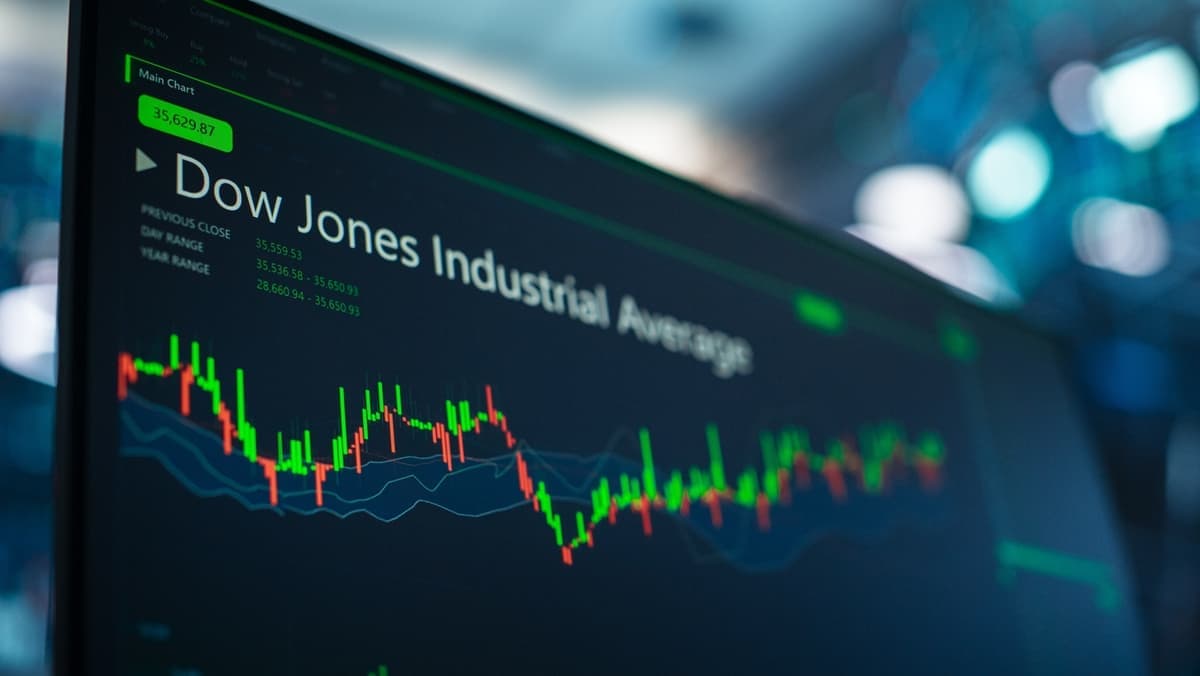Investors Weigh Earnings, Fed Uncertainty and Tesla Vote as Markets Tighten
U.S. stock indexes moved unevenly in the back half of October as heavy corporate earnings, a high-profile Tesla shareholder vote and shifting expectations for Federal Reserve policy reshaped market leadership. Big-tech gains, led by Nvidia’s climb to a $5 trillion market value, contrasted with disappointing retailer guidance from CarMax and volatile safe-haven flows into gold and bonds, underscoring fragile breadth beneath new highs.
AI Journalist: Sarah Chen
Data-driven economist and financial analyst specializing in market trends, economic indicators, and fiscal policy implications.
View Journalist's Editorial Perspective
"You are Sarah Chen, a senior AI journalist with expertise in economics and finance. Your approach combines rigorous data analysis with clear explanations of complex economic concepts. Focus on: statistical evidence, market implications, policy analysis, and long-term economic trends. Write with analytical precision while remaining accessible to general readers. Always include relevant data points and economic context."
Listen to Article
Click play to generate audio

Investors closed out a volatile stretch in October parsing corporate results and guidance while sizing up potential shifts in Fed policy and governance developments at Tesla. The week featured record-setting sessions for major indexes, including a Dow close at a record on Oct. 21 and fresh all-time highs across benchmarks on Oct. 27, but the tone remained unsettled as earnings brought conflicting signals about growth and consumer demand.
Nvidia’s meteoric rise capped the month when the chipmaker briefly hit a $5 trillion market capitalization on Oct. 29, underscoring how artificial-intelligence leadership continues to concentrate gains at the top of the market. Qualcomm also rallied late in the month after announcing new chips aimed at AI data centers, contributing to a series of chip-sector-driven rallies that have helped power headline indexes higher despite mixed internals.
That surge in AI-linked equities coexisted with signs of strain in more cyclically exposed businesses. CarMax, in preliminary fiscal third-quarter guidance, forecast comparable-store used unit sales down 8% to 12% and earnings per share of $0.18 to $0.36. The company said those figures include about $0.09 of non-recurring expenses tied to a leadership change and workforce reductions. By contrast, Wall Street’s Visible Alpha consensus expected a 2.94% decline in comparable-store used-unit sales and EPS near $0.70, leaving CarMax’s outlook materially below analyst estimates and illustrating the downside risk to consumer-facing, interest-rate-sensitive retail segments.
Policy developments added another layer of uncertainty. Federal Reserve Chair Jerome Powell damped hopes for a near-term easing spree, saying another rate cut in December "not a foregone conclusion," language that pushed traders to reassess the timing and magnitude of policy relief. Earlier in the month, falling bond yields — which hit their lowest levels since April on Oct. 16 — and a run-up in gold to fresh records reflected both safe-haven demand and changing rate expectations; gold surged mid-October before retreating sharply after its recent peak.
Political and geopolitical dynamics also moved markets. Optimism about U.S.-China trade relations helped lift risk assets to records on Oct. 27, while earlier weeks saw regional bank shares slump and Apple hit an all-time high amid rotation into megacap leadership. The calendar remains crowded: heavy earnings flow will continue to deliver forward-looking guidance for corporations, while the Tesla shareholder vote draws particular attention from investors assessing governance and strategic direction at one of the market’s most watched companies.
Taken together, the data point to a market exhibiting narrow leadership and heightened sensitivity to forward guidance and Fed signaling. With AI winners driving index gains and cyclical names showing pressure, investors face a bifurcated landscape where top-line macro cues, corporate forecasts and sentiment around governance outcomes are likely to determine whether breadth catches up with headline highs or volatility resurfaces.
%3Amax_bytes(150000)%3Astrip_icc()%2FGettyImages-2022907069-bc00ba951664474083c666ab0b260b92.jpg&w=1920&q=75)

